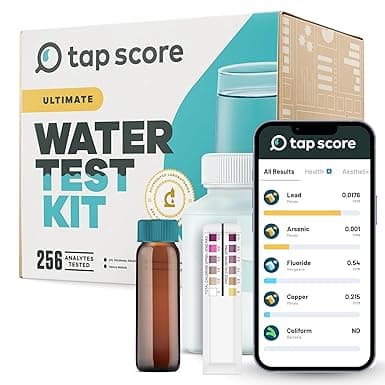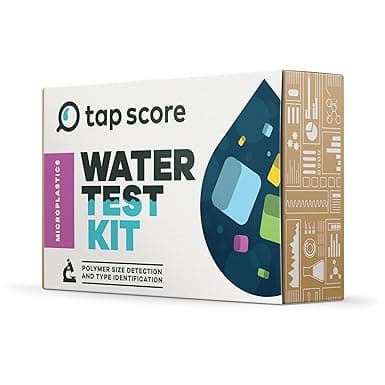2,4-D
Herbicide widely used to control weeds on grasses (lawns and turf)
EPA MCLG Level
70 ppb
Maximum level that poses minimal health risk based on the latest science
Health Effects
Drinking water standards for 2,4-D are based on potential toxicity to the liver, kidney, and adrenal gland. Additional health protective benchmarks are based on potential blood system and developmental problems, and thyroid toxicity (due to endocrine imbalance).
Affected Organs & Systems:
Common Sources
- Primarily enters groundwater through accidental chemical spills and other large releases
- Major sources of surface water contamination include agricultural runoff and the direct application of 2,4-D into water as an aquatic herbicide
How to Remove It
Water filters certified under the following NSF standards are effective at removing 2,4-D:
EPA MCLG Level
The EPA MCLG represents the maximum level that poses minimal health risk based on the latest scientific research. It's often more protective than federal legal limits.
Contaminant Type
2,4-D is classified as a Herbicides contaminant.
This contaminant primarily affects the thyroid, adrenal, and other systems.
Check Your Water
Find out if 2,4-D is in your tap water.
Search Your CityTest Your Water for This Contaminant
Public water reports may not test frequently enough or at your specific tap. Professional home testing provides current, location-specific results.

SimpleLab
Standard Home Water Test
$232
Comprehensive water analysis testing over 200 contaminants including bacteria, heavy metals, and chemical compounds.

SimpleLab
Advanced Home Water Test
$369
Most comprehensive home water test including all standard tests plus additional parameters for ultimate peace of mind.

Tap Score
Advanced Microplastics Test
$636
Cutting-edge testing for microplastics particles in drinking water using advanced laboratory techniques.